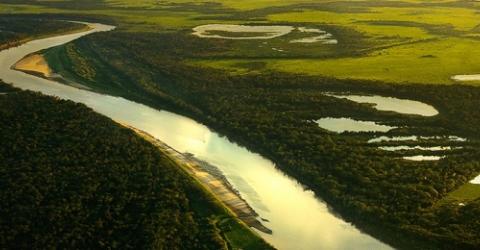
The Convention on Wetlands and its mission
The Convention’s mission is “the conservation and wise use of all wetlands through local and national actions and international cooperation, as a contribution towards achieving sustainable development throughout the world”.
Wetlands are among the most diverse and productive ecosystems. They provide essential services and supply all our fresh water. However they continue to be degraded and converted to other uses.
The Convention uses a broad definition of wetlands. It includes all lakes and rivers, underground aquifers, swamps and marshes, wet grasslands, peatlands, oases, estuaries, deltas and tidal flats, mangroves and other coastal areas, coral reefs, and all human-made sites such as fish ponds, rice paddies, reservoirs and salt pans.
Under the “three pillars” of the Convention, the Contracting Parties commit to:
- work towards the wise use of all their wetlands;
- designate suitable wetlands for the list of Wetlands of International Importance (the “Ramsar List”) and ensure their effective management;
- cooperate internationally on transboundary wetlands, shared wetland systems and shared species.
The present text of the Convention, as amended in 1982 and 1987, can be found here.
The Strategic Plan for 2016-2024
The Contracting Parties approved the Fourth Strategic Plan for 2016-2024 at COP12. You can download posters summarizing the Plan and showing how it contributes to the Sustainable Development Goals here.